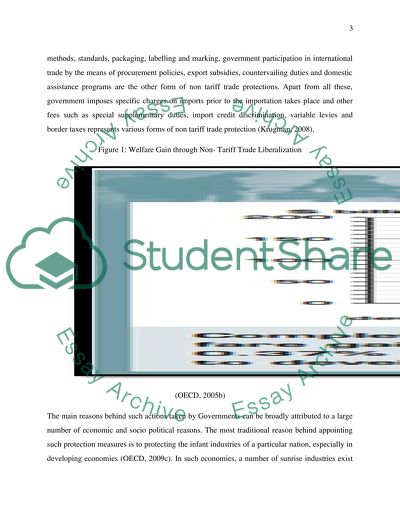Cite this document
(The Global Economy Assignment Example | Topics and Well Written Essays - 2000 words, n.d.)
The Global Economy Assignment Example | Topics and Well Written Essays - 2000 words. Retrieved from https://studentshare.org/macro-microeconomics/1674135-global-economy
The Global Economy Assignment Example | Topics and Well Written Essays - 2000 words. Retrieved from https://studentshare.org/macro-microeconomics/1674135-global-economy
(The Global Economy Assignment Example | Topics and Well Written Essays - 2000 Words)
The Global Economy Assignment Example | Topics and Well Written Essays - 2000 Words. https://studentshare.org/macro-microeconomics/1674135-global-economy.
The Global Economy Assignment Example | Topics and Well Written Essays - 2000 Words. https://studentshare.org/macro-microeconomics/1674135-global-economy.
“The Global Economy Assignment Example | Topics and Well Written Essays - 2000 Words”, n.d. https://studentshare.org/macro-microeconomics/1674135-global-economy.


